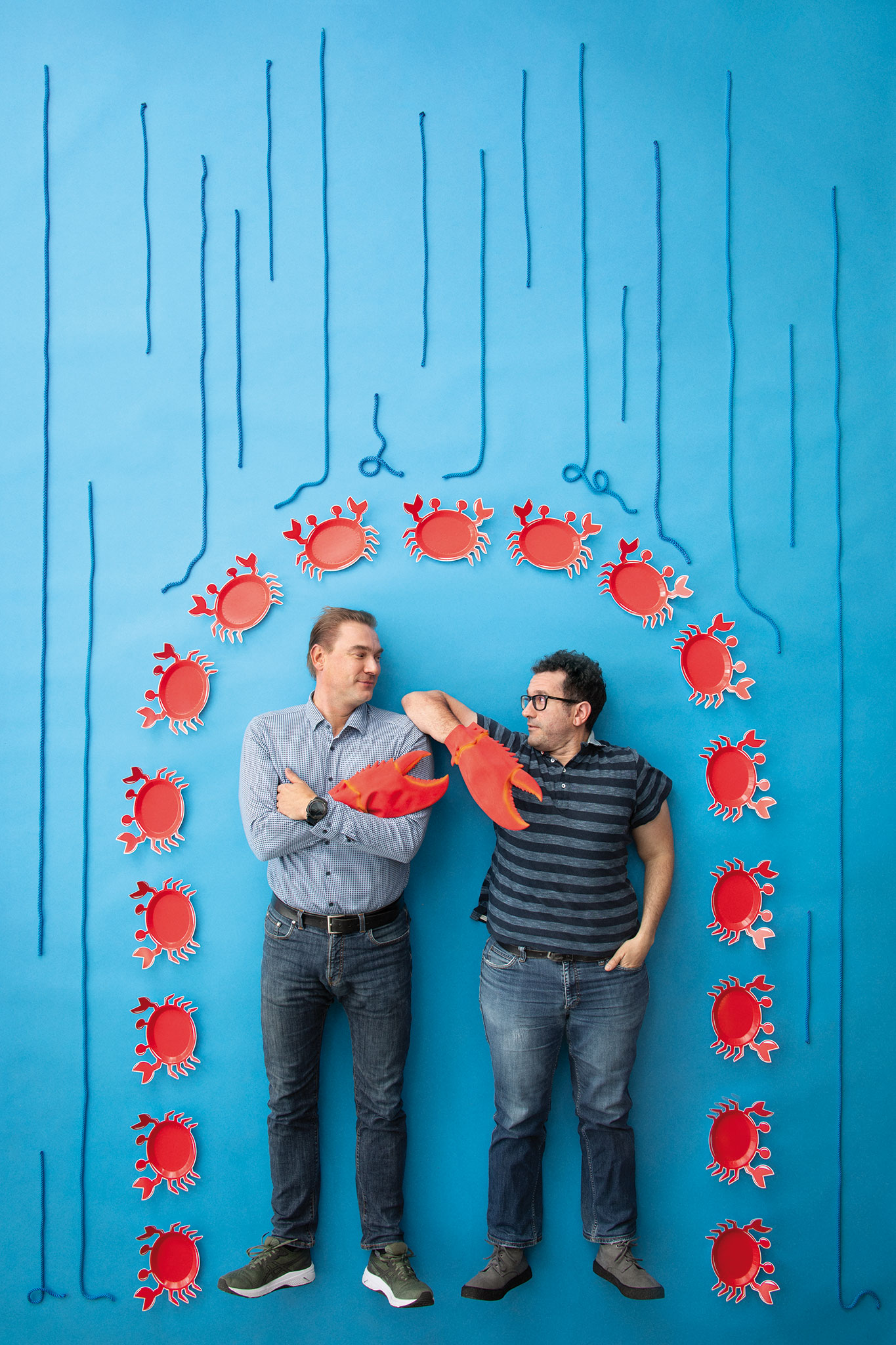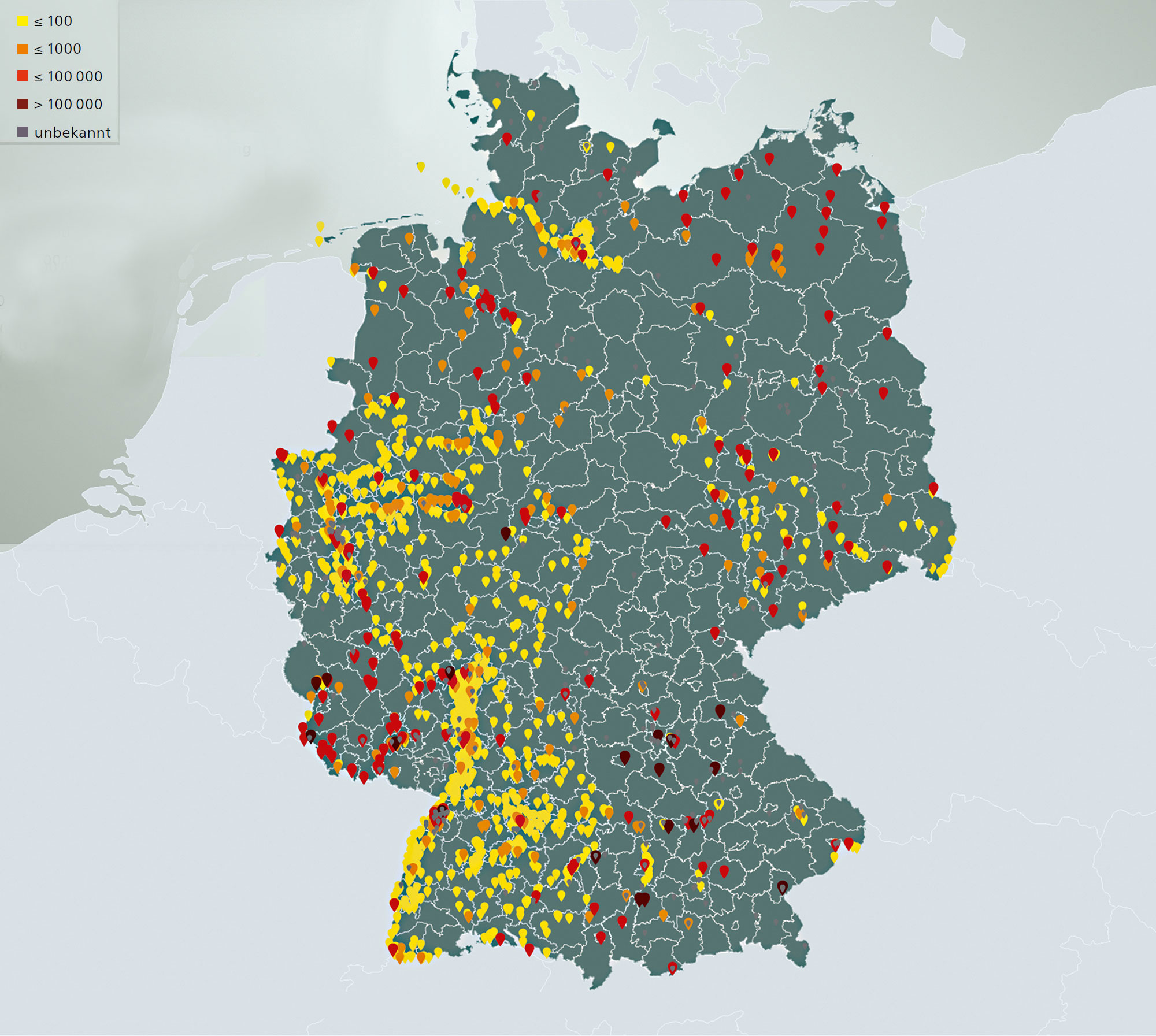As process chemicals, PFAS are used in the semiconductor industry to etch patterns in microchips, for example. They repel water, dirt and oil, they can withstand high temperatures and aggressive chemicals, and they are resistant to bacteria and light. Almost no other chemical substance can compete with them, so unique are their properties – and this explains why they are used so frequently. PFAS now come in many different variants, numbering around 15,000 substances according to the U.S. Environmental Protection Agency.
But while these colorless, odorless and tasteless substances can be used in a wide range of applications, they have also been found to be toxic in many cases. They can cause cancer and infertility and weaken the immune system. What’s more, the industrially produced, extremely stable carbon-fluorine bonds characteristic of PFAS are not found in nature and cannot be decomposed. Once they are released into the environment, PFAS stay there forever, which is why they are often called “forever chemicals” in public debate. A study conducted by the German Environment Agency (UBA) in 2020 tested children between the ages of 3 and 17 and found PFAS in the blood of every test subject.
Despite all of the risks, in many applications it would be impossible to stop using PFAS overnight. Nevertheless, researchers at Fraunhofer are working on a range of projects aimed at developing alternatives, reducing PFAS contamination in the environment over time and using improved filtering and cleaning technologies to ensure that fewer forever chemicals end up in watercourses, organisms and soil, where they can accumulate and spread.
Not all PFAS are the same
It is important that risk assessments differentiate between the individual compounds so that those that pose a particularly high risk potential to people and the environment are removed from circulation sooner. In the case of PFOS (perfluorooctane sulfonate), PFOA (perfluorooctanoic acid) and PFHxS (perfluorohexanesulfonic acid), this has already happened. They are only permitted for use in a small number of exceptional cases. Since February 25, 2023, restrictions have also been imposed on perfluorinated carboxylic acids – of which PFNA (perfluorononanoic acid) is the best known – affecting how they are placed on the market, manufactured and used.
The substances all belong to the class of PFAS, which are made up of long carbon chains. They accumulate in organisms along the food chain and are rarely excreted.
Human beings come at the end of the food chain. The substances bind to the proteins in human blood, in the kidneys and liver, where they remain for many years and can have a harmful effect. During pregnancy, they are transferred to the unborn child through the placenta and even passed on through breast milk.
In many cases, the industrial sector has now switched to short-chain PFAS, which are made up of a maximum of six perfluorinated carbon atoms. These accumulate in the organism to a lesser extent but they are more mobile. They are not retained in the soil and quickly enter the groundwater, which is often used for the drinking water supply.





